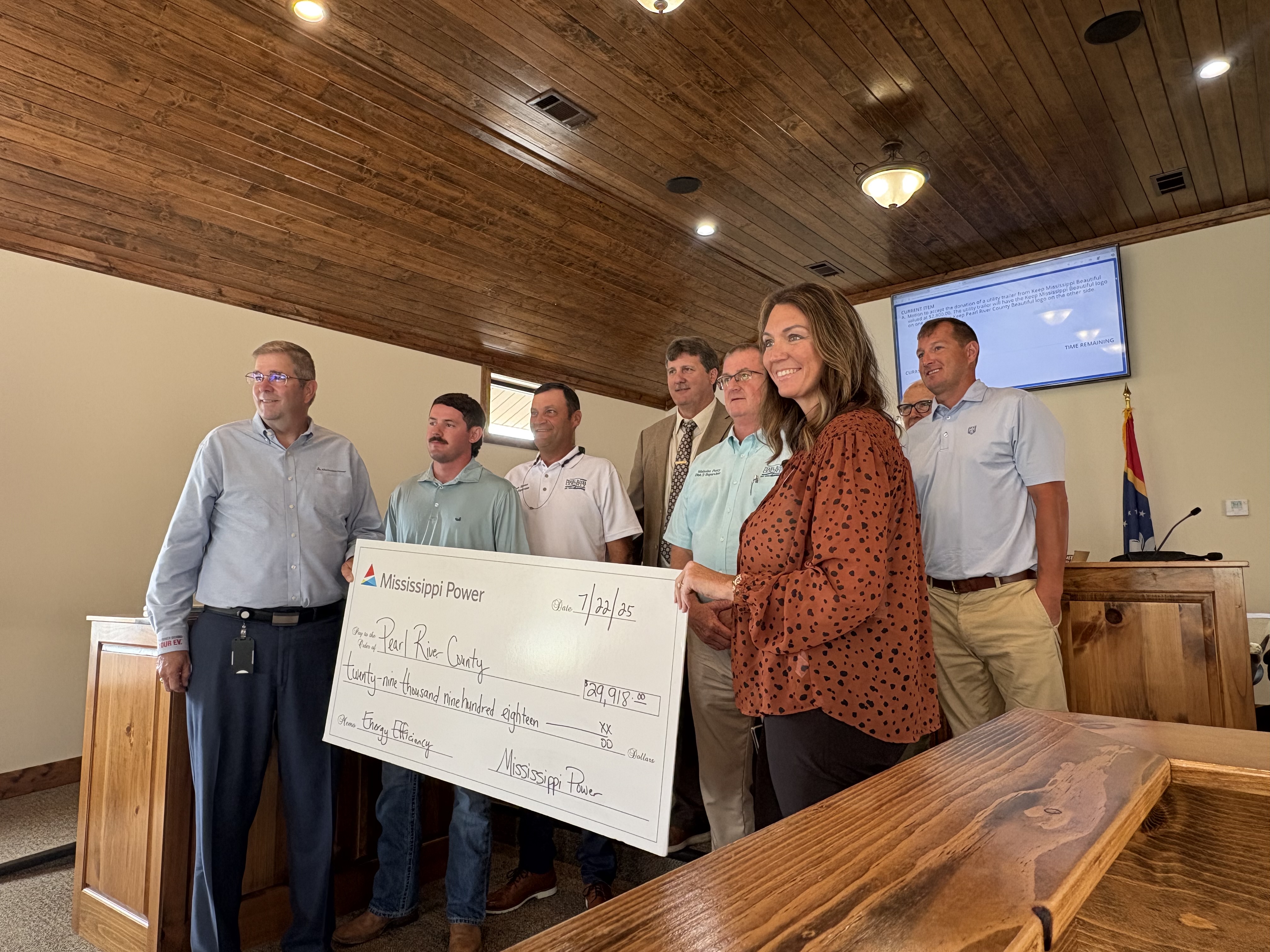Lovebugs and hurricanes – I wonder if there is a connection
Published 1:06 pm Wednesday, September 10, 2008
Have you ever noticed that the fall lovebug season coincides with the heart — or most active part — of the hurricane season?
I have, and I sometimes wonder if there isn’t a forecasting relationship between the two.
Forget all the weather patterns. Concentrate on lovebugs.
Trending
I was mowing the grass after church Sunday and lovebugs swarmed all around me. I even breathed in a few, they were that thick in the air.
I solve all the world’s problems when I’m mowing the grass, so the volume of the lovebugs, especially after I started coughing when I breathed in a few and had to stop to get some water, put me to thinking about lovebugs.
Tropical Storm Fay recently swept the coast. Hurricane Gustav has just blown through, Tropical Storm Hanna has just gone up the East Coast and Hurricane Ike is threatening — and the lovebugs are thick, really thick, in the air.
Hmmm! After Hurricane Katrina the lovebugs were really thick in the air also. On a trip to Meridian and back shortly after the storm so that Genie could catch the train to escape to Virginia for a couple of weeks, I had to use gallons of window-washer fluid to be able to see out of the truck.
My memory hearkened back to Hurricane Camille. As I recall, they were really, really bad after that storm also. I then thought of other storms and lovevugs, some storms I could remember by name, some I couldn’t, and suddenly it struck me.
Lovebugs seem to be worse in years with hurricanes that come our way than they are in years that are less threatening. Could there be a correlation between the two?
Trending
If there is, would it be of any use to forecasters trying to determine when, where and how bad a storm is going to be, or how bad a year is going to be for storms?
I haven’t a clue. That would be something for scientists to study, but I expect they won’t. After all, despite their name, lovebugs aren’t nearly as sexy for climatologists as all the stuff that modern technology can show them about weather patterns. Or maybe it’s just the technology that’s sexy.
Who knows. Lovebugs are common and certainly low tech. As larvae and such, they feed on decaying plant matter, turning it into material that can be used by growing plants. When they are adults, they spatter windshields and car finishes, bedevil poor homeowners out mowing their grass and generally make a nuiscense of themselves.
They don’t bite or carry any known diseases though, so they aren’t much studied. They’re considered more aggravating than dangerous. They are here only for a short while — first in the spring, then in the fall — then they are gone.
However, that fall flight does coincide with the heart of the hurricane season.
I wonder if scientists scraping up decaying plant matter from the ground in the weeks prior to the heart of the hurricane season and counting the little larvae and pupae could forecast how bad a hurricane season is going to be or whether one is likely to strike a particular area.
Again, I doubt we’ll ever find out. Climatologists don’t get nearly as dirty watching radar scopes, computer screens and other such instruments as they would if they had to go out in the field and scrape up the plant matter and count the baby lovebugs.
There are agricultural scientists out there that do study bugs by digging in the dirt and doing other things that get them all hot, sweaty and dirty, but lovebugs aren’t a threat to anyone, except maybe to drivers who are low on, or out of, window-washer fluid — and folks mowing their lawns who breathe in a few.
They don’t bite and spread diseases, they don’t eat living crops. All they do is help living plants by eating decaying plant matter when they are babies and turning it into products usable by growing plants, then they spatter windshields and car finishes as adults.
Why would anyone want to study them?
Maybe no one, but can you imagine how surprised other scientists would be, especially climatologists, all enamored of their latest technological toy or storm-modeling computer program, if some upstart suddenly hollered:
“Eureka! I have found the perfect way to tell where hurricanes are going and how bad a storm season is going to be. All I have to do is count the baby lovebugs!”
Personally, I would feel vindicated since as far as I know I’m the first person who had the idea.
Then I would feel sad for the poor lovebug who would go from being a simple nuisance that’s fun to make jokes about to being a serious topic of discussion among those of us who spend our time watching the weather and trying to outguess the forecasters.
I like lovebugs better as an exasperating joke.





